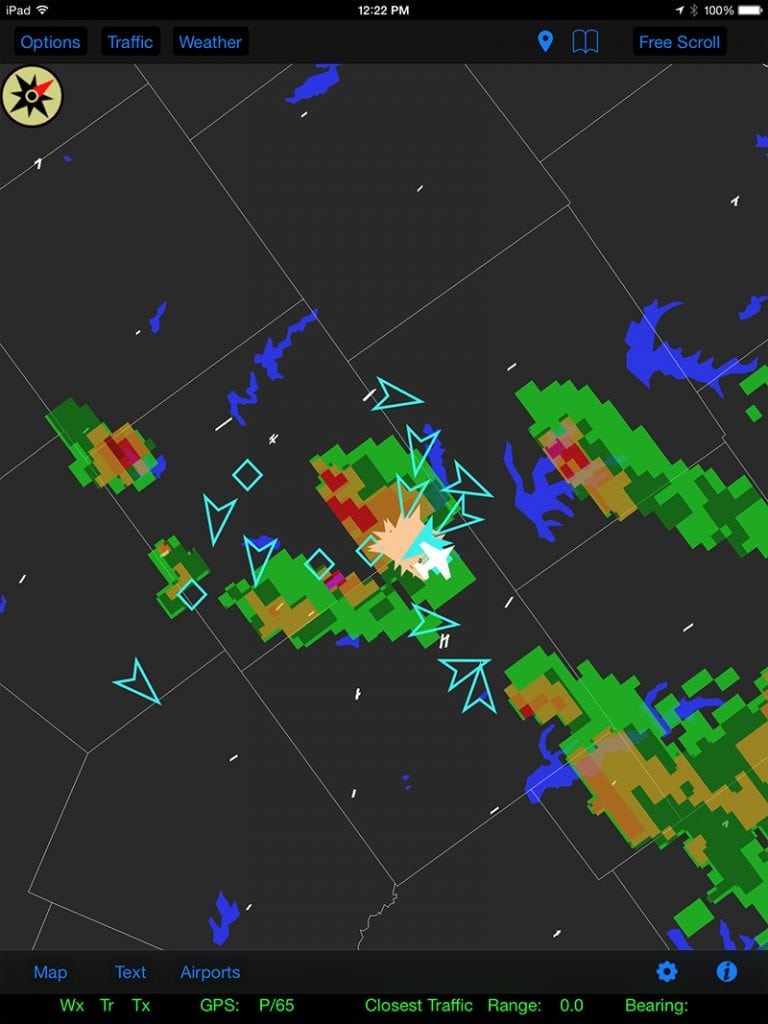
With an FAA implementation mandate for Automatic Dependent Surveillance-Broadcast Out by Jan. 1 next year firmly in place, and second and third generation systems available in numbers, installations of ADS-B are ramping up significantly.
Monthly installations of ADS-B number close to 4,000 aircraft, compared to half that or less every month of last year. The installations started to hit 2,500 and above in February this year.
On July 30, the FAA ADS-B Equip 2020 working group briefed the FAA NextGen Advisory Committee, chaired by Acting FAA Administrator Daniel Elwell, on the latest ADS-B equipage figures through June. Established in 2014 by then Deputy FAA Administrator Mike Whitaker, the working group provides quarterly updates about ADS-B equipped aircraft.
“Less than a year from the mandate, even operators on the sidelines came to the realization that they needed to update their aircraft to be compliant,” said Jens Hennig, the chairman of the FAA ADS-B Equip 2020 working group and the vice president of operations for the General Aviation Manufacturers Association (GAMA). “Since this spring, we’ve seen a doubling of monthly installations across the fleet.”
“It’s pretty impressive, as 100 aircraft plus per day are getting ADS-B,” he said. “We’re working pretty hard there in the repair stations to get the transponders installed.”
ADS-B installations for single engine and multi-piston general aviation aircraft jumped 1,807 between May and the end of June, while international air carrier aircraft were up 483, and turbojet and turboprop general aviation aircraft 422. ADS-B installations on Boeing and Airbus jetliners belonging to mainline carriers jumped 247 from May, while installations for regional carriers with Embraer, Bombardier, de Havilland Canada and other aircraft increased 95.
Rotorcraft saw an ADS-B installation increase of 122, compared to May. That number brought helicopters across the 40 percent installation threshold, where rotorcraft had lagged, and up to a 47 percent rate.
Before June, the ADS-B Out equipage rate for helicopters in the United States had been about 40 percent and below — a lag due to a number of factors, including industry inertia, misperceptions that ADS-B Out is only required for Instrument Flight Rules operations, a relatively low number of civil helicopters operating in Class B/C airspace or above 10,000 feet that requires ADS-B Out and the delayed availability of FAA-certified ADS-B Out helicopter solutions until the last few years.
| Fleet | Compliance Level (as of June 30, 2019) | Change (from prior month) |
| Mainline | 85% | +247 |
| Regional | 78% | +95 |
| Turbojet & Turboprop GA | 65% | +422 |
| Single & Multi-Engine Piston GA | 42% | +1,807 |
| Rotorcraft | 47% | +122 |
| U.S. Department of Defense | Various Levels | — |
| Government Fleet | 63% | +59 |
| International | 62% | +483 |
Source: FAA ADS-B Equip 2020 Working Group